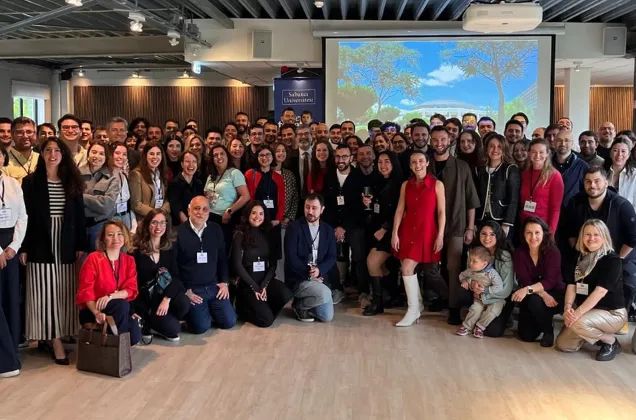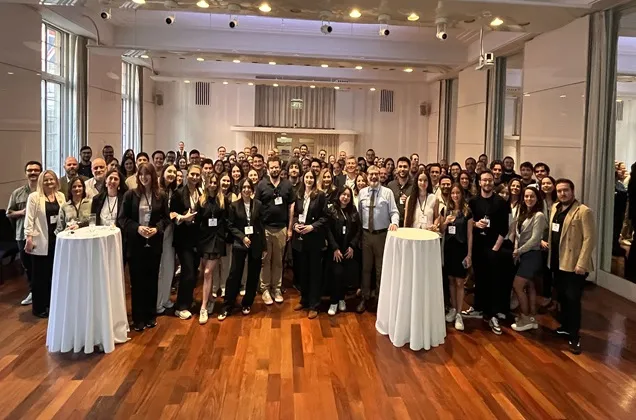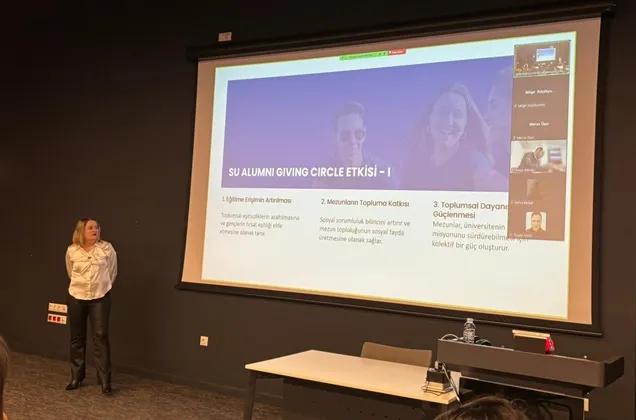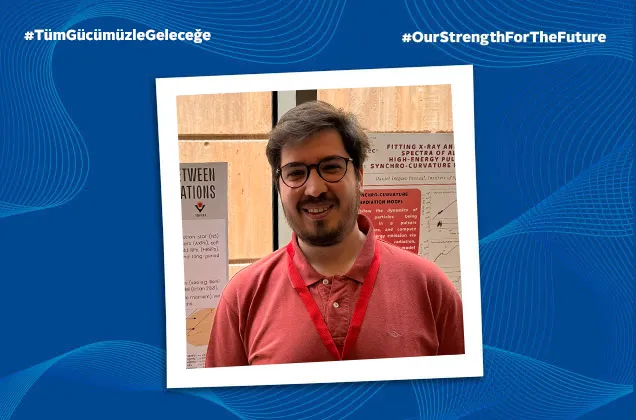30/05/2016
A needle-like device designed by MSc in Materials Science and Engineering 2009 graduate Canan Dağdeviren detects broken links in the brain that causes diseases such as Parkinson's and Alzheimer's, and enables the targeted delivery of drugs.
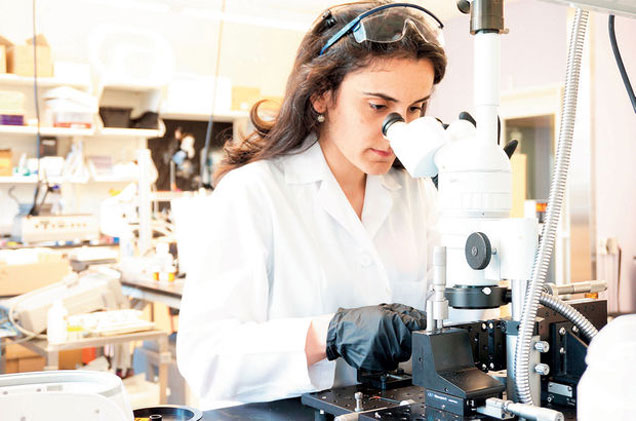
Visiting Bursa for a program, Harvard University Junior Fellow Dr. Dağdeviren spoke to an Anatolian Agency reporter, saying: "Patients have to take their medicine via the intravenous or oral routes. These substances do travel to the brain, but they harm other parts of the body as well. Recovery takes a long time. It took me three months to design a needle, but it works. We tried it on chimpanzees and got results. It was a very difficult experiment."
Dağdeviren said that her efforts enable the detection of broken links in the brain.
Drugs are then administered directly to these broken links by a needle-like device. Dağdeviren says: "What I did was to change the design. The device must be about 10 centimeters long and exceptionally thin, because we were experimenting on live animals. We can't cause them any suffering."
Dağdeviren says that her greatest influence when designing the device was the tallest building in the world, and that she worked with an architect to design the device.
"We will be working on 4-dimensional devices"
Dağdeviren explained that she was dedicated to designing devices that treat preexisting conditions. Dağdeviren said her next project would take her to MIT where her work will be inspired by her aunt, who passed away 5 months ago due to breast cancer.
Saying that she would experiment with similar devices on the body, especially the breast region, Dağdeviren continued:
"My work began on a single dimension. When I was at Hacettepe University, I started working on fibers. I then built devices using these single-dimensional materials at Sabancı University. But this wasn't enough. I started working with a professor in America. I built two-dimensional devices that could be worn on the body. Now I'm working on three dimensions and a needle that can penetrate the body. Next, I will be working on four dimensions at MIT and you will hear about them soon. In the future, any drugs you take will contain minute circuits. We will be able to track the drug you take. We will be able to see where it goes and what it does. From one perspective, medicine today is much like a set of pajamas. You can put on your mom's, dad's or even sister's pajamas, but they won't fit comfortably. My work, on the other hand, is towards a personalized form of medicine that will fit you like a bespoke jacket. In the future, the wealth of individuals will be noticed by the number of electronic devices they wear on their bodies. This will make detecting any changes in your body a breeze."

